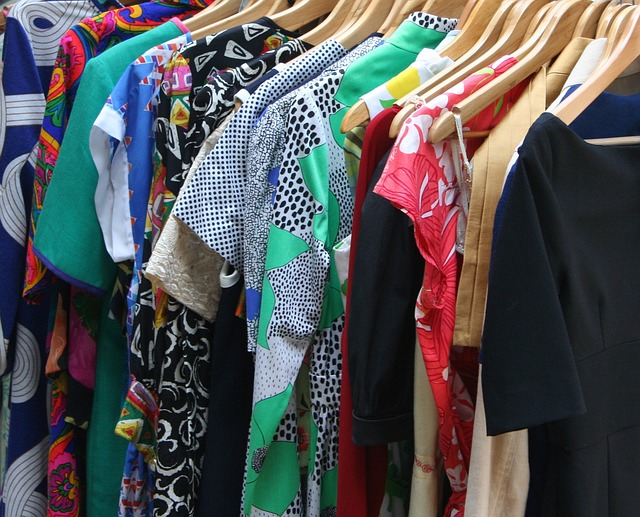
New year, new me. Get fit. Get healthy. It seems like every January we are bombarded with messaging that focuses on change. While I am not immune to it, the messaging and marketing sounds the same: Lose weight, feel great. Eat healthy, get healthy. So imagine my curiosity when I read about the new Netflix Series The Art of Tidying Up with Marie Kondo in a mommy group I follow. The premise of the show was that it was like TLC’s Hoarders but better. As a working parent who is constantly looking for ways to keep my home tidy, I was curious about the show and its star Marie Kondo, especially after I had seen her on an interview with Katie Couric a few months ago. What made her method of cleaning up different from other professional home organizers?
To understand Marie Kondo’s cleaning method, I binged on the first five episodes on a Sunday night. After the first episode, I was hooked. I wanted to see how the different families would respond to her organizing methodology, called the KonMari Method, and see how Marie Kondo’s method was applied to each of them.
“The method encourages tidying by category – not by location – beginning with clothes, then moving on to books, papers, komono (miscellaneous items), and, finally, sentimental items. Keep only those things that speak to the heart and discard items that no longer spark joy.” Acknowledging the emotional connection to the stuff we own is the biggest difference between Marie Kondo and other professional organizers. “Joy” is described as an intense, overwhelming feeling of happiness. Before an item is purged, the owner holds it to see if it “sparks joy.” If it sparks joy, the item is kept. If it doesn’t, it is thanked and discarded.
The idea of keeping items that “spark joy” and thanking the items that do not seemed counterintuitive to me at first. Why would we thank things we are going to discard? The truth is that we valued those items at some point, so it makes sense to honor them for the meaning they once held. I am sure Marie Kondo’s book by the same name delves a little deeper into the discarding of items. Nevertheless, the notion of keeping items based on whether they “spark joy” is intriguing.
How often are we advised to discard items because we don’t use them? The emotional connection, if any, is never addressed. Does removing emotion from purging make it easier to do it? I am not so sure. To this day, I still regret purging a wool coat I bought in London when I was in college and a book I read in college that I still reference. Those items definitely sparked joy for me. After watching the five episodes, I wonder what else in our house sparks joy. I think I will tackle our overflowing book collection next and apply the KonMari Method to the book purge. Any books we don’t love will be donated. I am excited about donating books to our daughter’s preschool.
Purging always seems like a chore, even if it benefits us with more space and a tidier home. The KonMari Method turns this chore into a skill worth mastering. Will you give it a try?



















